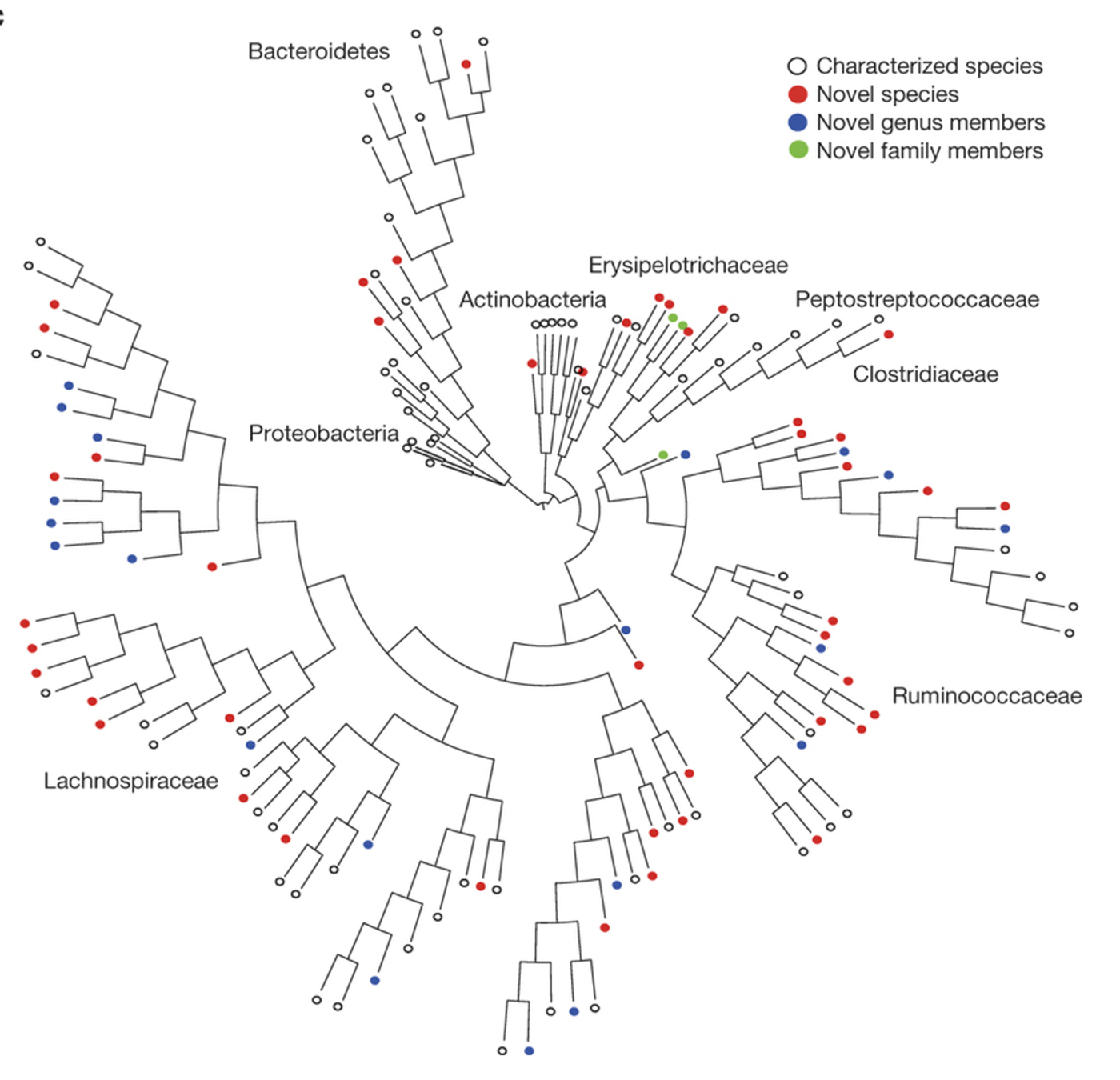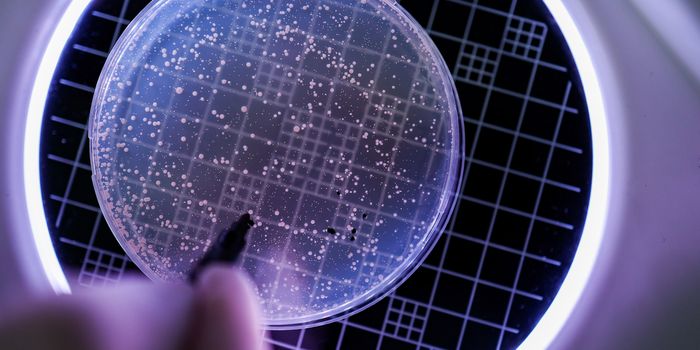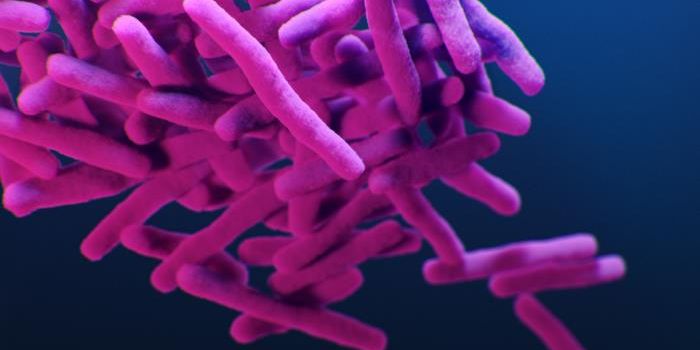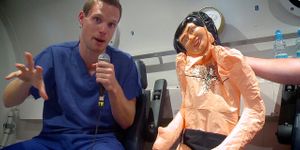The human microbiome, the subject of a relatively new field of research attracting intense interest, has primarily been analyzed using genomic sequencing techniques. It’s now understood that our intestines are the incubators for a robust and diverse population of bacteria that is essential for good health and digestion, starting in infancy and maturing to two primary groups of microbes. However, there has been little opportunity to analyze or manipulate these bacteria in vitro. It has been commonly accepted that these bacteria cannot be cultured in the laboratory, thus severely limiting discoveries about their functions. Research now says that this has been a huge misconception. In groundbreaking work published in
Nature on May 4, researchers in the UK and Australia report that they have successfully cultured gut bacteria.
They obtained six human fecal samples to generate metagenomic DNA sequencing results, and from those same samples, grew cultures on petri dishes. The sequencing data from the growing samples was then compared to sequencing data obtained from collected samples. They found very high correlation. Due to the huge numbers of bacteria in fecal samples, it’s not surprising that there would be some variation. They can also easily figure out what can’t be grown using this methodology. But the really important finding was that most of the microbes identified in the fecal samples had been grown in the laboratory. It was also found that around 60 percent of the gut bacteria they studied formed spores so they could survive outside of the body.
The research team was able to grow 137 different species, and of that group, 90 have been named on the Human Microbiome Project’s list of what had been thought of as uncultured and unsequenced microbes. In total, the bacterial colonies isolated and preserved by the team represent 90 percent of the bacterial population found in the study participants. “Before this, the common dogma has been that you can only culture one to five percent of the microbiota,” said Trevor Lawley, a study author. “But what we claim is that you can actually culture the vast majority of it.”

Hilary Browne of the Wellcome Trust Sanger Institute and another of the authors of the study, said that “As these bacteria do not survive in oxygen we grew them in anaerobic chambers and we used a publicly available growth media containing lots of different carbon sources and fatty acids that encourage the growth of a wide range of bacterial species. We have also deposited these bacteria in culture collections around the world.” Before, a laboratory could easily generate a list of species in a sample but there wasn’t much more to be done with it. Functional work can now be done on the huge variety of microbes living in the human gut, hopefully leading to improvements in the treatment of infections or some bowel disorders and a wealth of new information about the bacteria that live in our bodies.
Sources:
Nature,
The Scientist









